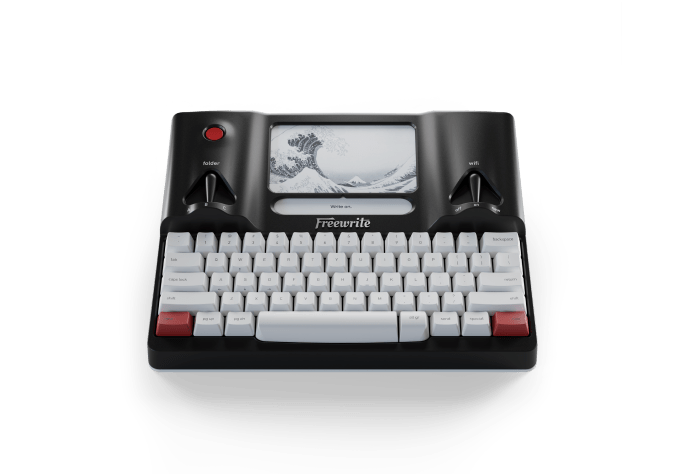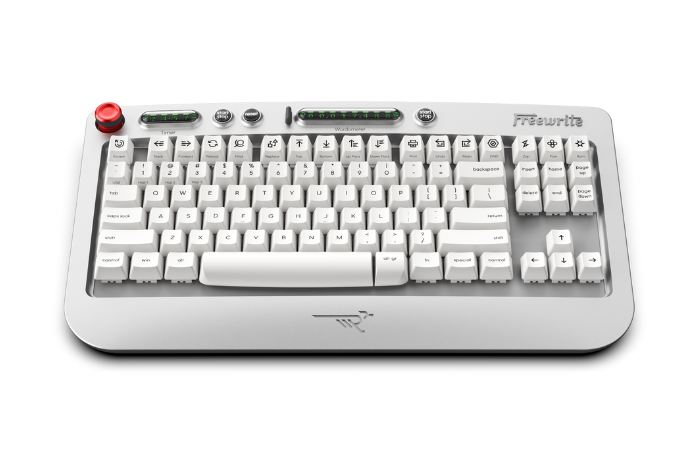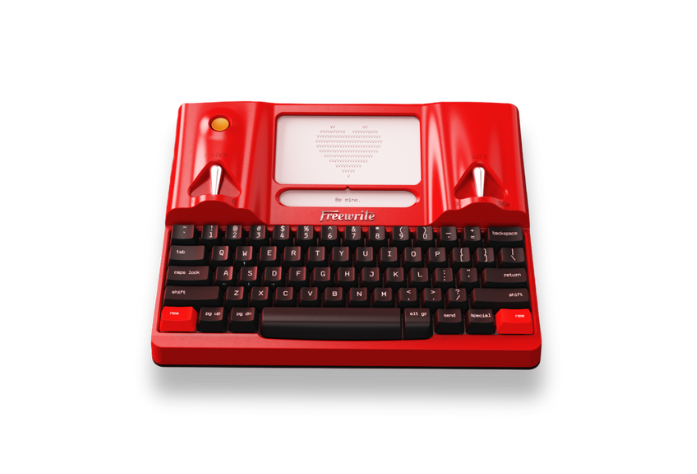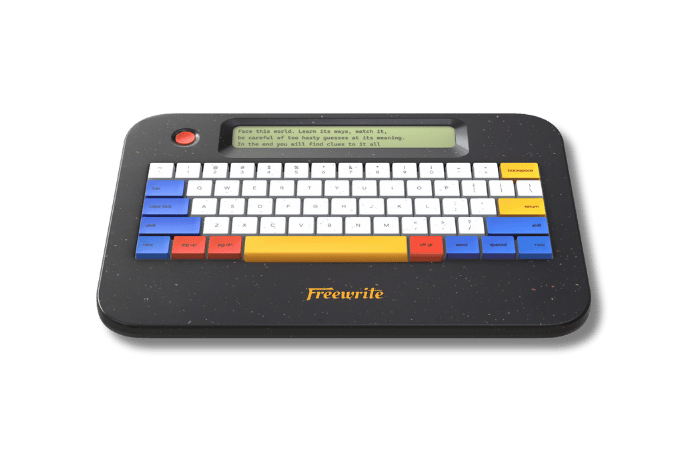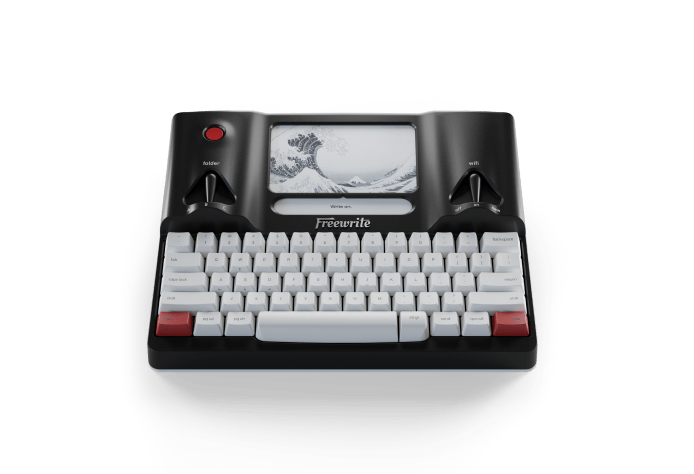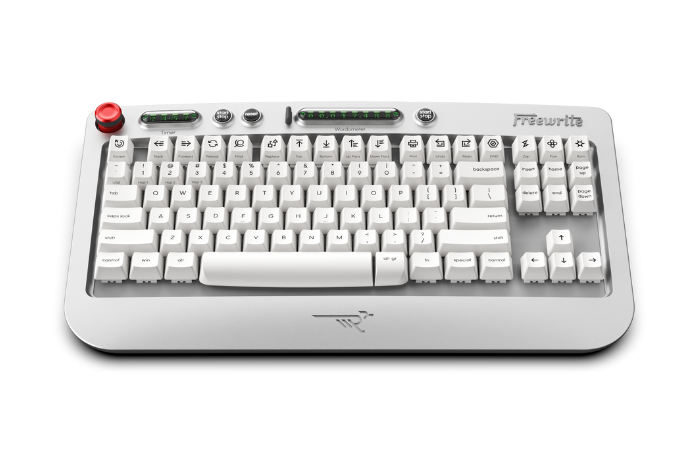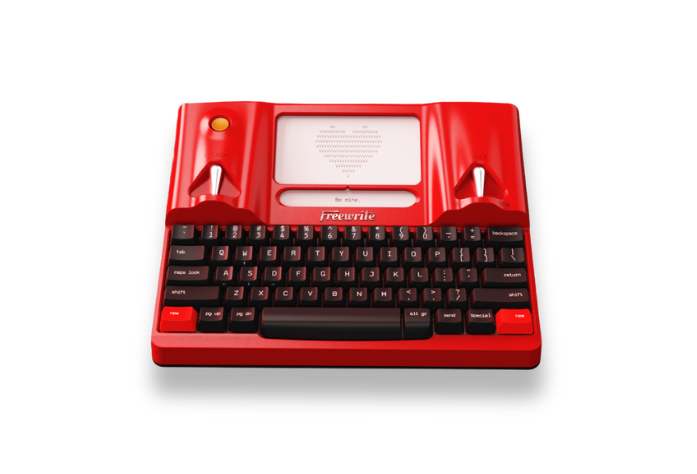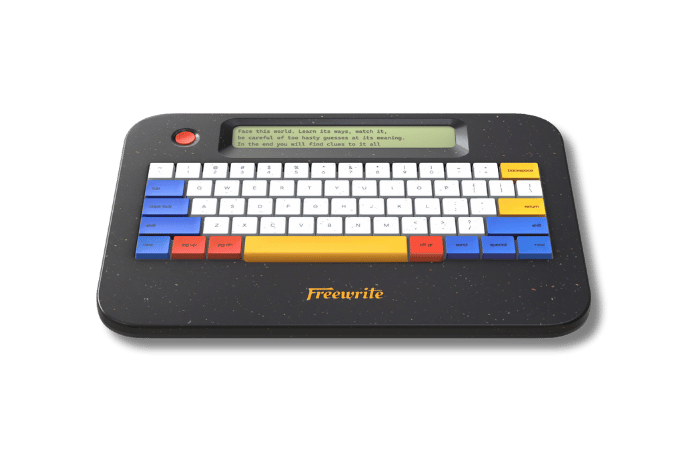Phone addiction is a growing issue for many students today. With social media, games, and constant notifications, it's easy to lose track of time on your phone. The temptation to check it every few minutes can make studying, sleeping, and even socializing feel like a challenge. For students trying to juggle homework, classes, and personal time, this addiction can seriously disrupt their day-to-day life.
But don't worry - breaking free from phone addiction is possible with a few simple changes to routine. By setting boundaries, using apps to track phone usage, and learning how to manage time better, students can regain control over their habits and improve their productivity. In this article, we’ll explore practical steps you can take to stop phone addiction and make room for more meaningful activities in your life.
Understanding the Impact of Phone Addiction on Students
In today’s technology-driven world, students are constantly surrounded by the allure of their smartphones. While these devices offer convenience and access to a wealth of information, they also present a growing challenge when it comes to maintaining focus and productivity. Phone addiction, particularly among students, is a serious issue that can negatively impact both academic performance and overall well-being. With the constant buzz of notifications, social media updates, and messages, it’s easy for students to get distracted and lose track of important tasks. This addiction not only interferes with study sessions but also affects mental health, social relationships, and personal development. Understanding the extent of phone addiction's impact is crucial in order to address the issue and find effective solutions.
To combat the challenges posed by phone addiction, it is essential to understand how these devices affect students academically, emotionally, and socially. From academic struggles to emotional distress and social isolation, the consequences of excessive phone use are far-reaching. Recognizing these effects can help motivate students and families to make intentional changes that promote healthier phone habits and enhance focus. In the following sections, we will explore the various ways phone addiction affects students' lives, followed by practical strategies to limit screen time and stay focused.
The Academic Impact of Phone Addiction
Phone addiction can significantly affect a student’s ability to focus and perform well academically. In today’s fast-paced, digital world, students are constantly bombarded with distractions, making it harder for them to concentrate on their studies or complete assignments. The constant urge to check a phone for new updates or notifications often leads to procrastination, with students finding it difficult to stick to study schedules. As a result, important academic tasks get delayed, and deadlines are missed. Over time, this lack of focus can accumulate into poor grades and increased academic stress, further exacerbating feelings of inadequacy or frustration.
The pressure to remain digitally connected, especially through platforms like social media, can also lead to cognitive overload. Students may spend hours scrolling through social media apps, believing they are staying connected, when in fact, they are draining their mental energy and missing out on important academic opportunities. By reducing phone usage and setting boundaries, students can refocus their attention on more productive tasks, ultimately improving their academic performance and reducing the stress caused by procrastination.
The Emotional and Mental Well-Being Effects
Beyond academics, excessive phone use, particularly through social media, can have negative effects on a student’s emotional and mental health. Many students feel the need to keep up with the digital world, which can lead to increased stress, anxiety, and feelings of inadequacy. Social media platforms often display highly curated content, which can lead to unhealthy comparisons with the seemingly perfect lives of others. For students already struggling with self-esteem or body image issues, these constant comparisons can intensify feelings of loneliness, sadness, or insecurity. While social media can provide a sense of connection, it often exacerbates negative emotions, especially when students internalize unrealistic standards of beauty, success, or happiness.
The constant engagement with these platforms can also disrupt a student’s ability to focus on their personal well-being. Without breaks from the constant stream of information, students may struggle to relax, find time for self-care, or engage in offline activities. Over time, this lack of balance can contribute to deeper mental health issues such as depression or anxiety, which can further hinder academic success. Encouraging students to take breaks from their phones, practice mindfulness, and engage in real-world connections can improve their mental well-being and help them build a healthier relationship with technology.
Social Isolation and Relationship Strain
While phones are meant to connect us, they can sometimes have the opposite effect, leading to social isolation. Excessive phone use can reduce the quality of face-to-face interactions with friends, family, and classmates. Students may become more focused on their phones than on the people around them, leading to strained relationships and reduced social engagement. This isolation can be particularly harmful for students who already struggle with social anxiety or who have difficulty forming in-person connections. As students spend more time interacting with their phones, they may miss out on valuable real-world social experiences, which are essential for emotional growth and development.
Additionally, the time spent on phones can replace more meaningful interactions, such as spending quality time with family members or participating in extracurricular activities. Over time, this can contribute to feelings of loneliness, disconnection, or even resentment, especially when students realize they’ve neglected the relationships that matter most. Encouraging students to set aside their phones during family time, meals, and other important moments can foster stronger, more genuine relationships and help students build a supportive social network outside of the digital world.
Practical Strategies to Limit Screen Time and Stay Focused
Given the significant impact of phone addiction on students' academic performance and mental well-being, it's clear that finding ways to manage screen time is crucial. While the constant pull of notifications and social media can be overwhelming, there are practical strategies that students can implement to regain control over their devices and stay focused. These strategies help minimize the mental clutter caused by excessive phone use and allow students to engage fully with their academic tasks.
1. Set Phone-Free Hours
Establishing phone-free hours is one of the most effective strategies for improving focus and productivity. By designating certain periods of the day - such as during study sessions, meals, or before bedtime - as times when phone use is strictly off-limits, students can create healthy boundaries between their digital life and important tasks. This could mean putting the phone in another room while working on homework or simply turning it off during dinner to ensure undivided attention. By committing to these phone-free windows, students reduce the likelihood of distractions, allowing their minds to stay engaged with their work. Not only does this help with concentration, but it also encourages better sleep hygiene by limiting screen exposure before bed.
2. Create Designated Areas for Phone Use
Another effective strategy is to create physical boundaries for phone use. Designating a specific area in the home or dorm where phone use is allowed, such as a particular corner of the room or desk, helps to establish a clear distinction between times when students should focus on their work and times when they can check their phones. This method can be especially beneficial for students who tend to have their phones within arm's reach while studying, only to be distracted by incoming messages or notifications. Having a specific space for phone use, combined with a phone-free study zone, makes it easier to commit to staying focused during important academic tasks. This approach also reduces the temptation to check the phone every time it buzzes or when there’s a lull in work.
3. Turn Off Unnecessary Notifications
Notifications are one of the most significant distractions when it comes to phone addiction. Every time the phone vibrates or a new message pops up, it’s easy to fall into the trap of checking it, even when you’re in the middle of something important. By turning off notifications for non-essential apps, like social media, email, or games, students can ensure they aren’t constantly interrupted while studying or working on a project. Many phones allow users to manage notification settings, giving the option to mute alerts for specific apps or turn them off entirely during certain hours. By taking control of when and how notifications appear, students can reduce the urge to check their phones impulsively, allowing them to stay on task and maintain focus for longer periods.
4. Use Screen Time Tracking Apps
Many students may not realize how much time they’re spending on their phones until they start tracking it. Screen time tracking apps, such as Apple's Screen Time or Android's Digital Wellbeing, provide detailed insights into how much time is spent on each app or activity. These apps not only show the total amount of screen time per day but can also highlight which apps are consuming most of your time. By tracking usage, students can identify patterns of unnecessary phone use and make more conscious decisions about when and how long to spend on their devices. This awareness can be a powerful motivator for students who are looking to cut back on distractions and improve their productivity. In addition, many screen time apps offer features that allow users to set daily limits for certain apps, providing an extra layer of accountability.
5. Establish Time Limits for Certain Apps
Setting time limits on apps is another effective way to limit screen time and stay focused. Many smartphones now include features that allow users to set specific daily time limits for certain apps, such as social media or entertainment platforms. By allocating a set amount of time per day for these apps - whether it's 30 minutes or an hour - students can still enjoy their favorite activities without overindulging and losing focus on more important tasks. This method also helps prevent the mindless scrolling or endless gaming that can eat away at valuable study time. Once the daily limit is reached, the app will be temporarily locked or blocked, helping students stick to their productivity goals and avoid falling back into old habits.
Building Healthy Phone Habits for Long-Term Success
Building long-term, healthy phone habits involves teaching students how to use their devices intentionally. Rather than reaching for their phone out of habit, students can replace that time with more enriching activities like reading, outdoor exercise, or engaging in a creative hobby. Parents can encourage their children to explore activities that don't involve screen time, fostering habits that nourish both their mental and physical health. Over time, these alternatives can become just as satisfying, helping students feel less dependent on their phones.
It's important to approach this as a gradual process. Reducing phone addiction doesn’t happen overnight, and the key to success lies in consistent effort. Parents can help by setting small, achievable goals, such as limiting screen time for just 30 minutes a day, and encouraging their children to stick to these goals. Over time, students will develop better self-discipline, learning to enjoy their phones without letting them control their lives. With guidance and support, students can build habits that lead to healthier, more balanced lifestyles.
Distraction-Free Devices to Boost Focus and Productivity
As students work to reduce phone distractions, it’s important to consider other devices that can help them stay focused. While smartphones and tablets are often filled with tempting notifications and apps, there are alternatives designed to keep distractions at bay. Devices like theFreewrite are specifically built with focused writing in mind, offering a unique solution for students who want to write without the constant pull of social media or other distractions. Unlike traditional laptops or tablets, the Freewrite focuses solely on writing, providing a distraction-free environment that encourages creativity and productivity.
Comparing the Freewrite to other devices, its simplicity and focus make it an ideal choice for students who need to stay on task. With no internet access and limited functionality, it ensures that students aren’t interrupted by notifications or tempted by apps, allowing them to concentrate on their writing. This kind of purposeful design is perfect for students who struggle to maintain focus in a world full of digital distractions. In the next section, we will explore a list of devices that can help students improve their productivity and stay on track with their goals.

1. Smart Typewriter
The Smart Typewriter is a purpose-built device designed for writers who want to eliminate distractions and focus solely on their work. Featuring a cutting-edge E Ink screen with a built-in frontlight, it allows for easy readability whether you're working during the day or at night. The mechanical keyboard is equipped with Kailh Box Brown switches and thick PBT keycaps, providing a satisfying, tactile feel for extended writing sessions. Whether you're drafting a novel, working on an essay, or jotting down ideas, this device ensures that you stay in the writing flow without the temptation of social media or emails.
Beyond just a writing tool, the Smart Typewriter offers seamless cloud syncing, so your drafts are automatically backed up and easily accessible via Freewrite’s Postbox app or third-party services like Google Drive and Dropbox. This makes it simple to transition between devices while maintaining your focus on the writing process. Its lightweight, aluminum body and long-lasting battery mean you can take it anywhere without worrying about interruptions, allowing you to stay productive whether at home, in the library, or on the go. The Smart Typewriter is perfect for anyone looking to boost their writing productivity in a distraction-free environment.

2. Traveler
The Traveler is an ultra-portable drafting device designed for writers on the go. Weighing just 1.6 lbs and boasting a compact size, it's perfect for anyone who wants to write without being burdened by bulky laptops or distractions. Its E Ink screen, optimized for reading in direct sunlight, ensures a comfortable writing experience without the harsh glare of traditional backlit displays. Whether you're working outdoors, at a café, or during travel, the Traveler allows you to focus on your writing while avoiding distractions like emails and notifications. It's the ideal tool for those who want to maximize their productivity wherever they are.
With a full-size scissor-switch keyboard that provides smooth typing, the Traveler makes drafting a breeze. The device automatically syncs your work to the cloud, ensuring that your documents are securely backed up and accessible via Freewrite’s Postbox or third-party services like Dropbox and Google Drive. Its long battery life ensures that you can write uninterrupted for extended periods. If you're looking for a portable, distraction-free device that helps you maintain a steady writing flow, the Traveler is the perfect companion.

3. Alpha Raven Black with Backlight
The Alpha Raven Black is a lightweight and ultra-portable drafting device designed for writers who value simplicity and focus. Weighing just 1.6 lbs, it’s perfect for anyone who needs to write on the go, whether it’s during daily commutes or long cross-country trips. The device features a warm, built-in backlight with multiple brightness levels, making it easy to write in any lighting condition, from bright daylight to dim evening hours. Its compact size and minimalist design keep distractions at bay, allowing you to focus solely on your writing without interruptions from apps, notifications, or emails.
Equipped with Kailh Choc V2 low-profile switches, the Alpha’s keyboard offers a satisfying typing experience that reduces finger fatigue during long writing sessions. The device’s continuous saving feature ensures that your work is always backed up both locally and to the cloud, providing peace of mind. Whether you're working on a novel, research, or journaling, the Alpha allows you to stay in a productive writing flow. Its impressive 100-hour battery life means that you can write for long stretches without worrying about charging, making it the ideal writing companion for any writer, anywhere.

4. Hemingwrite Signature Edition
The Hemingwrite Signature Edition is a luxurious, limited-edition writing device created in collaboration with the Ernest Hemingway estate. With its raw aluminum chassis, hand-polished finish, and green keycaps, the Hemingwrite exudes timeless elegance and individuality. Each unit is unique, as the aluminum surface develops a beautiful patina over time, making it a personal keepsake for writers. The device is engraved with Hemingway’s reproduction of authentic signature, further cementing its status as a tribute to the legendary writer. Accompanied by a premium cognac leather attaché case, this device combines aesthetics with functionality, making it the perfect companion for any serious writer.
Designed for ultimate focus, the Hemingwrite removes all distractions, allowing writers to embrace the minimalist approach that Hemingway was known for. It features a simple, dedicated writing interface, ensuring that the process of drafting remains pure and uninterrupted. The device continuously saves your work locally and to the cloud, so your documents are securely backed up and accessible via Freewrite's Postbox app. Whether you're writing at home or on the go, the Hemingwrite’s long-lasting battery ensures that you can focus on your writing without interruptions, allowing you to compose with clarity and purpose.

5. Alpha Cosmic Edition
The Alpha Cosmic Edition is a writing device designed to keep you focused while you draft your ideas, day or night. With its unique terrazzo-speckled black body, flecked with vibrant colors that evoke the look of a spacecraft window, it’s perfect for dreamers and night owls. The Alpha Cosmic comes with a warm, comfortable backlight that allows for writing in any lighting condition, making it easy to work during the day or in the dark. This edition includes an exclusive, premium felt sleeve with leather trim and colorful stitching, ensuring that your device is protected while you embark on your creative journey.
With its compact, lightweight design weighing just 1.6 lbs, the Alpha Cosmic is designed for portability, whether you're writing at a café, on a mountain peak, or traveling anywhere in between. It automatically saves your work both locally and to the cloud, ensuring that your drafts are always backed up and accessible. The device offers up to 100 hours of battery life, making it the perfect companion for long, uninterrupted writing sessions. Whether you're a professional writer or simply looking to enhance your creativity, the Alpha Cosmic Edition is built to keep you focused and productive, free from distractions.

6. Smart Typewriter Valentine
The Smart Typewriter Valentine is a tribute to bold creativity, inspired by the revolutionary design of 1969. Combining timeless Italian design with modern writing technology, the Valentine makes a statement about both aesthetics and purpose. Its sleek aluminum body houses a mechanical keyboard with box brown tactile switches, ensuring a satisfying typing experience. Whether you’re drafting in a café or on a coast, the Valentine delivers a seamless, distraction-free writing experience, while the meticulous carrying case keeps it safe and stylish during your adventures.
Valentine stands out as not just a tool for writing, but a symbol of defying modern distractions. It’s engineered for efficiency, with automatic cloud syncing to ensure your drafts are securely backed up and easily accessible. The long-lasting battery ensures uninterrupted writing sessions, and the minimalist interface removes all distractions - no spell-check or grammar suggestions to disrupt your flow. The Valentine Smart Typewriter is an elegant, yet powerful tool for writers seeking inspiration and productivity in a beautifully crafted device.
Conclusion
In conclusion, phone addiction has become a growing issue, especially for students who face the constant pull of social media, messages, and entertainment. This constant distraction can hinder academic performance and overall well-being, making it difficult for students to stay focused and productive. However, by setting boundaries, using screen time tracking apps, and making intentional changes to daily habits, students can regain control over their phone usage and reclaim valuable time for study, sleep, and meaningful interactions.
In addition to these strategies, using tools specifically designed to minimize distractions can help students stay on track. Devices like the Freewrite family offer a focused environment where students can work without the interruptions of notifications and apps. Whether it's the Alpha, Smart Typewriter, or other models, Freewrite devices prioritize writing and productivity, ensuring that students can engage in deep, uninterrupted work. These tools can help students create a dedicated space for their writing without the constant urge to check their phones or browse the internet.
Frequently Asked Questions
What are the first steps in managing phone addiction as a student?
The first steps in managing phone addiction include setting clear boundaries, such as limiting phone use during study hours, meals, and before bed. You can also track your screen time using built-in phone apps or third-party tools. Turning off non-essential notifications and using apps designed to block distractions can further help you stay focused on important tasks.
How can a student break free from the habit of constantly checking their phone?
A student can break the habit by making their phone less accessible, such as leaving it in another room while studying. Creating phone-free zones, like in the bedroom or study area, can reduce the temptation. Also, setting specific times during the day for checking the phone, rather than checking it continuously, can help establish healthier habits.
What are some tools or devices that can help with focus and productivity?
Devices like the Freewrite family, including the Alpha and Smart Typewriter, are excellent tools for students looking to stay focused and reduce phone distractions. These devices are designed specifically for writing, providing a distraction-free environment where students can concentrate without the temptation of social media or messages.
Can using a distraction-free writing device really help reduce phone addiction?
Yes, using a distraction-free writing device can significantly help reduce phone addiction. By removing the constant influx of notifications and apps, such devices create an environment where students can focus solely on their writing, encouraging productivity without the distractions of digital devices.
How long does it take to break a phone addiction?
Breaking phone addiction can vary for each person, but it generally takes time and consistency. Setting realistic goals, such as reducing screen time by 30 minutes each day or designating certain hours as phone-free, can help. Over time, students will develop healthier habits, and their dependency on their phones will naturally decrease.
How can I stay focused while studying without completely cutting off my phone?
You don’t have to completely cut off your phone to stay focused. You can use apps that limit distractions, such as Focus Mode or Do Not Disturb, during study sessions. You can also set specific time blocks for checking your phone, allowing you to stay connected while also maintaining productivity. Taking regular breaks to check your phone can help strike a balance between staying focused and staying connected.
What are some other techniques to improve focus and reduce phone addiction?
Other techniques to improve focus and reduce phone addiction include practicing mindfulness, such as meditation or deep breathing exercises, which can help reduce the urge to reach for your phone. Additionally, setting up a study routine with designated breaks, using the Pomodoro technique, or even organizing your workspace to minimize distractions can also help you stay focused and prevent excessive phone use.

